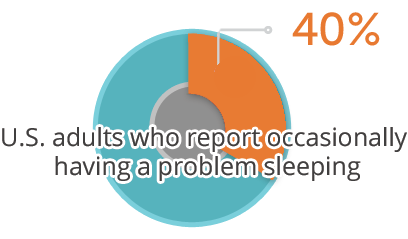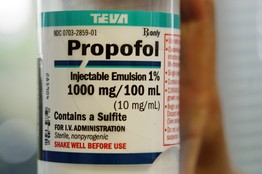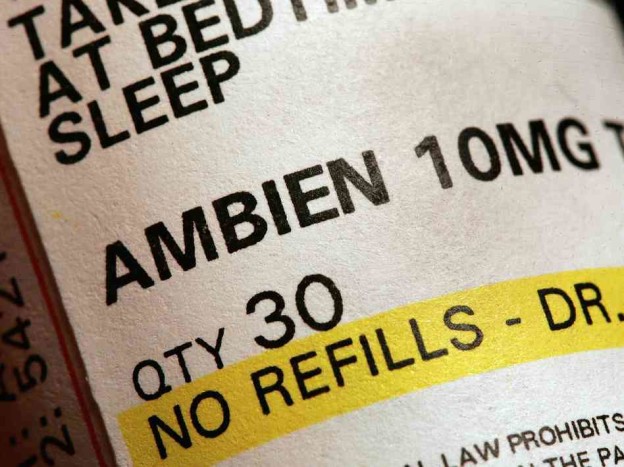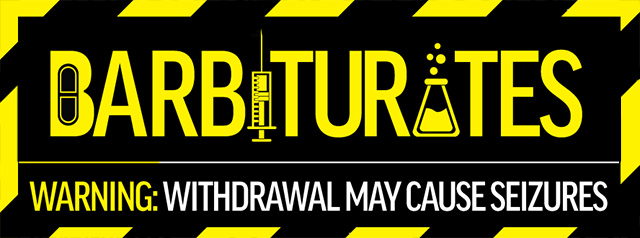Recent Straight, No Chaser posts have focused on the scope of the danger of medicines and other drugs/chemicals you keep around your home. These substances are because of the inclination of kids to get into these medicines. Although that occurs with a higher frequency with some drugs, anything in your home is subject to being abused or misused.
As an example, most homes have some medications (prescription, herbal or otherwise) that are used as sleep aids. Here are some frequently asked questions on prescription sedative medications used to facilitate sleep (sleeping pills) and reduce anxiety (anxiolytics).
How do sedatives work?
The short answer is they work by depressing the function of the central nervous system (CNS). If you stopped right there and thought about just that one fact, it’s relatively easy to see how dangerous these drugs can be if misused or abused.
What types of medicines are we describing?
Examples of CNS depressants include benzodiazepines such as Valium and Xanax and barbiturates such as Nembutal.
What are the acute effects of these medications?
They predictably produce drowsiness and relaxation. The CNS depression can lead to a loss of function during an overdose.
Are there long-term effects associated with sedatives?
The effects about which you should be most concerned are the development of tolerance (diminished effectiveness at the same dose occurring over time), physical dependence (a physiologic need for the substance by the body) and addiction.
What happens when sedatives are taken with alcohol?
The combined effects of these drugs results in a slowed heart rate and slowed respiratory rate, which is an enhancement of the CNS depressant effect. Either of these effects can be fatal.
You mentioned addiction. Does that mean there are withdrawal symptoms if I try to stop?
If you are addicted to sedatives, controlled detoxification is recommended. Abrupt stoppage of barbiturate usage can be life-threatening. Other serious symptoms that are seen when trying to stop sedative use include seizures.
So how is sedative addiction treated?
Gradual tapering under medical supervision is recommended to avoid the various consequences of abrupt stoppage. Medications as well as behavioral therapies are important parts of treating addiction.
Aren’t there newer sleep medications on the markets? How are they different?
Yes, there are new products on the market that aren’t in the benzodiazepine class, meaning they don’t have the same side effect, abuse or addiction profile as earlier medications. Unfortunately the story to be told with these newer medications is ER visits associated with inappropriate use is on the rise. As is too often the case, any drug or substance will be tested by those inclined to see what effects the drug may produce when ingested or injected in ways not recommended.
Be sure to learn non-medicine means of relaxation and getting to sleep. These medications can cause a lot of harm in the wrong hands, including yours.
Thanks for liking and following Straight, No Chaser! This public service provides a sample of what 844-SMA-TALK and http://www.SterlingMedicalAdvice.com (SMA) offers. Please share our page with your friends on WordPress. We are also on Facebook at SterlingMedicalAdvice.com and Twitter at @asksterlingmd.
Copyright © 2014 · Sterling Initiatives, LLC · Powered by WordPress







